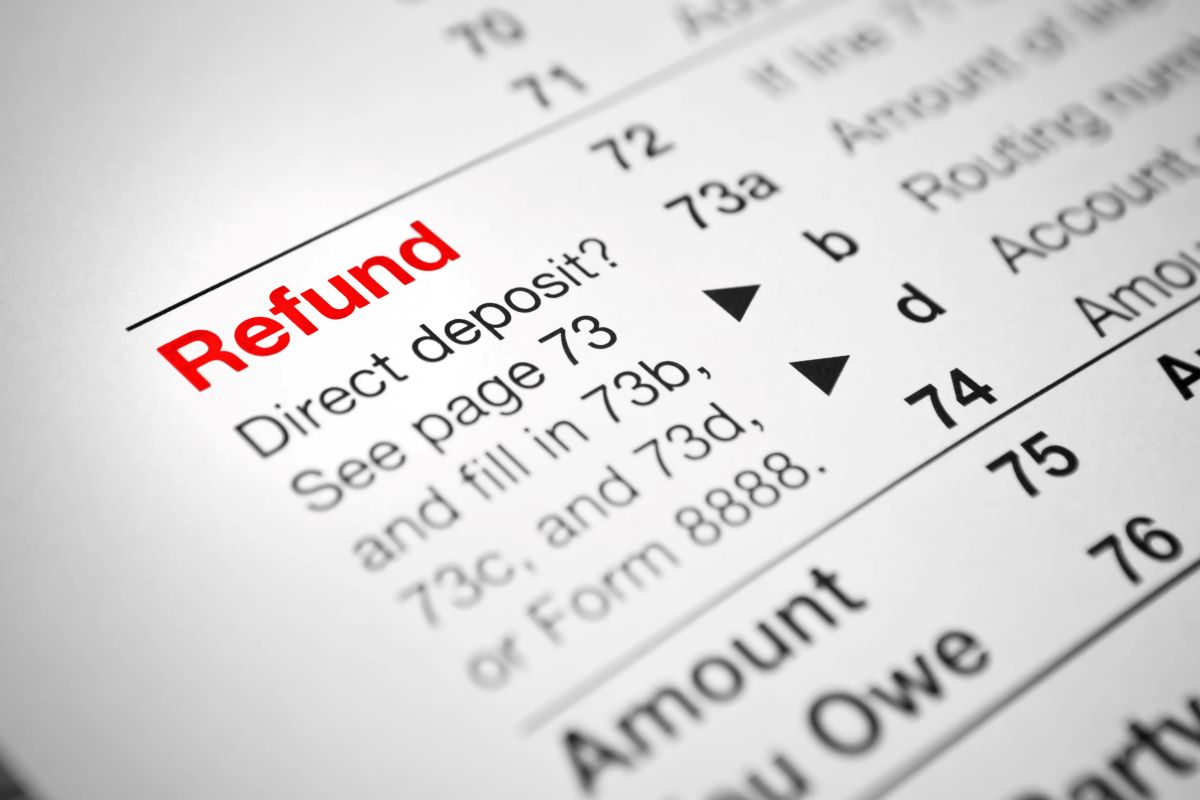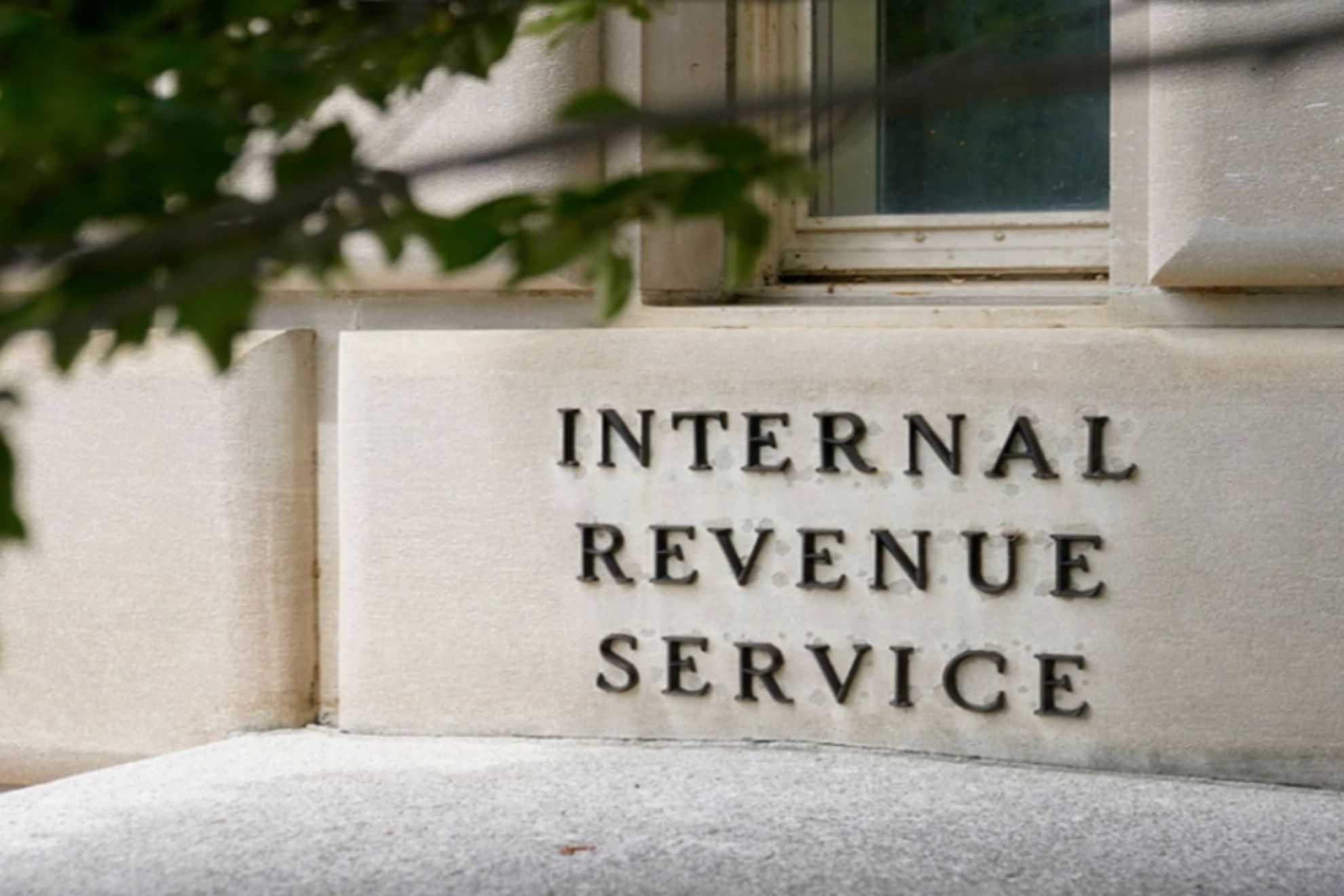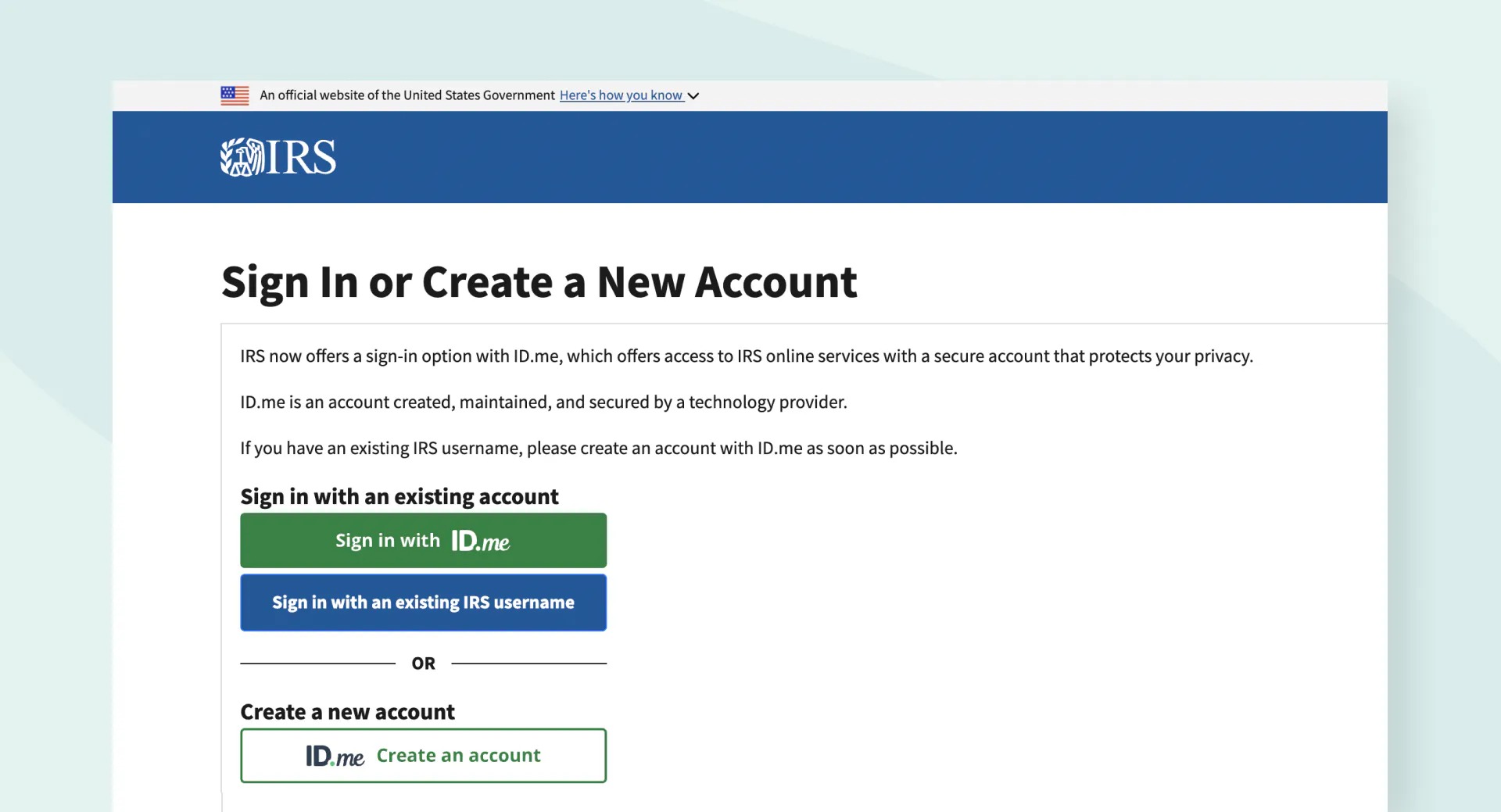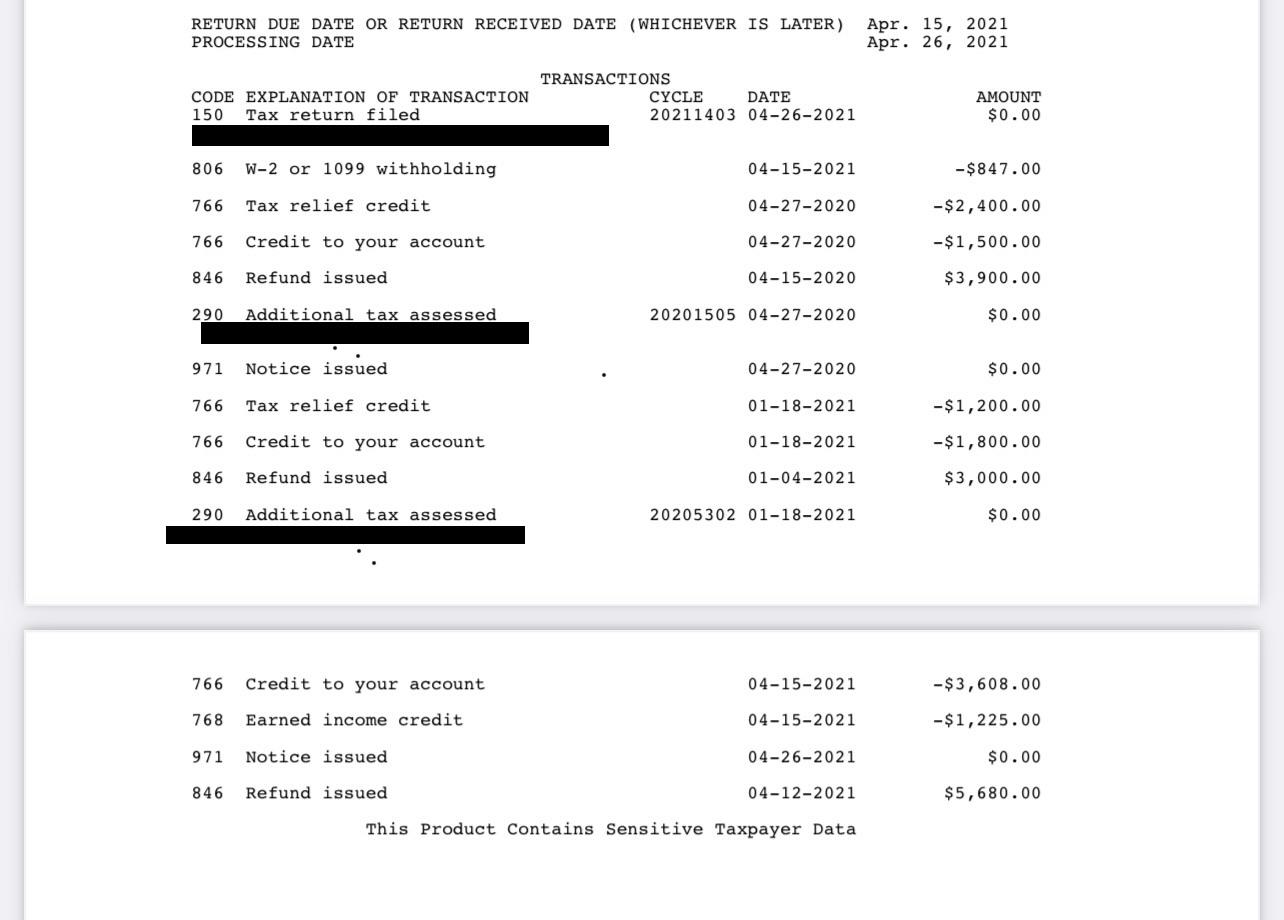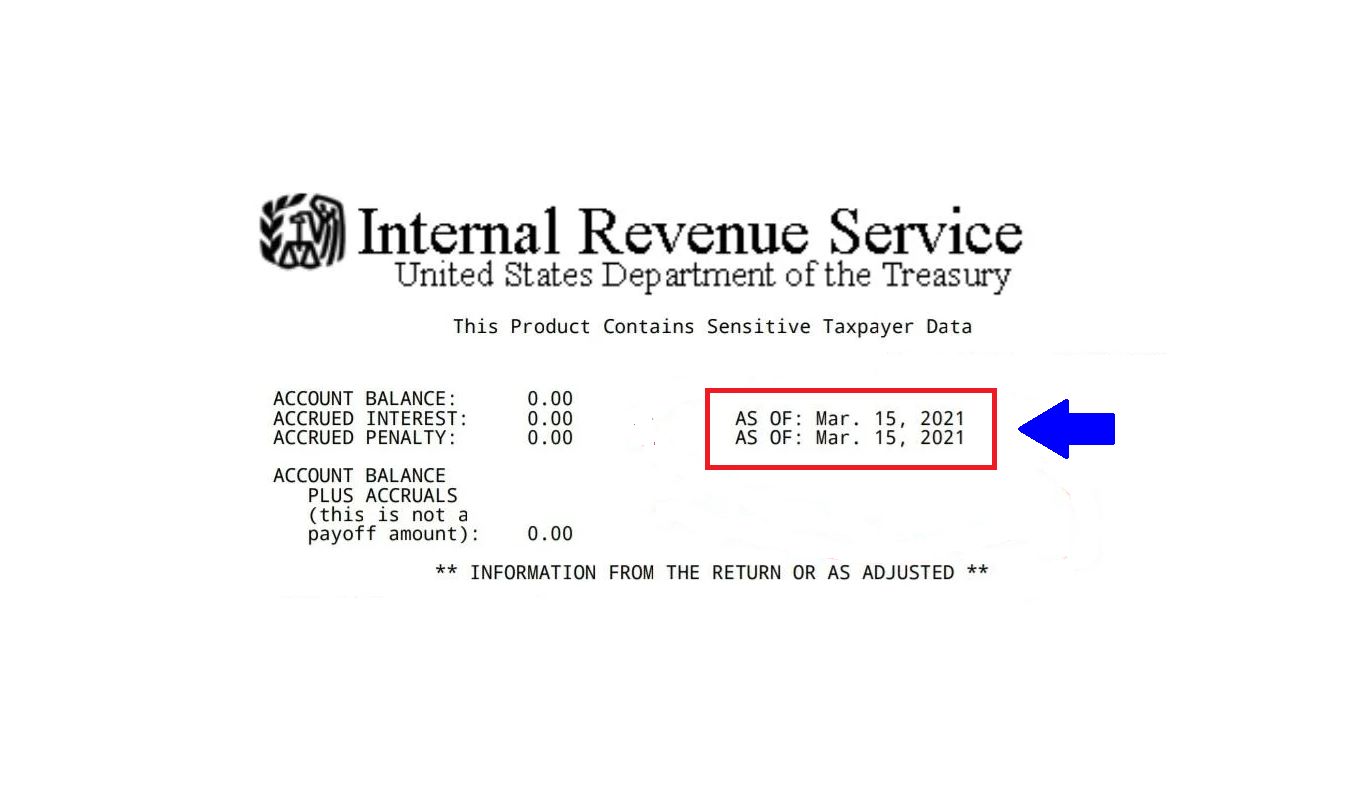

Finance
What Is Code 826 On An IRS Transcript
Published: October 31, 2023
Discover the meaning behind code 826 on an IRS transcript and its implications for your finances. Gain insights into this financial notation with our comprehensive guide.
(Many of the links in this article redirect to a specific reviewed product. Your purchase of these products through affiliate links helps to generate commission for LiveWell, at no extra cost. Learn more)
Table of Contents
Introduction
Welcome to the world of tax transcripts and IRS codes! If you’ve ever found yourself navigating the complex waters of tax-related matters, you may have stumbled upon an IRS transcript and wondered about the significance of the various codes listed. One such code that can appear on an IRS transcript is code 826.
In this article, we will delve into the world of IRS transcripts and unravel the mystery behind code 826. We will explore what it means, common reasons for its appearance, the potential consequences it can have, and how to resolve any issues associated with it.
Understanding IRS transcripts is crucial when it comes to dealing with tax-related matters. These transcripts provide a comprehensive record of your tax history, including income, tax payments, and any changes made to your tax return. They serve as a valuable tool for both taxpayers and the Internal Revenue Service (IRS) to assess tax liabilities, process tax returns, and resolve any discrepancies.
So, let’s embark on this informative journey and shed some light on code 826 on an IRS transcript and its implications.
Understanding IRS Transcripts
Before we dive into the specifics of code 826, it is essential to understand what an IRS transcript is and why it is important. An IRS transcript is a document that contains a summary of your tax return information. It provides a detailed record of your financial transactions with the IRS, including your tax payments, income, deductions, and any changes or adjustments made to your return.
There are several types of IRS transcripts available, each serving a different purpose. The most commonly requested transcripts include the tax return transcript, which shows the line-by-line entries of your originally filed tax return, and the account transcript, which provides a comprehensive overview of your account status, including payments, penalties, and interest.
The IRS transcripts serve various functions, such as providing proof of income for loan applications, resolving tax disputes, and tracking the progress of amended tax returns. They are also useful in detecting and preventing tax fraud.
Obtaining an IRS transcript is relatively easy. You can request a copy online, by mail, or by phone. The transcripts are usually available for the current tax year and the past six years.
Now that we have a basic understanding of IRS transcripts, let’s explore the meaning and significance of code 826.
What Is Code 826 on an IRS Transcript?
Code 826 on an IRS transcript refers to the “Credit for Increasing Research Activities.” This code indicates that you have claimed the research and development (R&D) tax credit on your tax return.
The research and development tax credit is a tax incentive provided by the IRS to encourage businesses to invest in research and development activities. It is designed to promote innovation and stimulate economic growth by rewarding companies that engage in qualifying research activities.
When you claim the R&D tax credit on your tax return, the IRS assigns code 826 to indicate that you have utilized this credit. This code serves as a marker that signifies you have taken advantage of the tax benefit associated with the research and development tax credit.
It’s important to note that code 826 is not an indication of any issues or problems with your tax return. Instead, it signifies that you have followed the proper procedure to claim the R&D tax credit if you meet the eligibility criteria.
The research and development tax credit can be a significant benefit for businesses, as it provides a dollar-for-dollar reduction in their tax liability. It can help offset the costs incurred during research and development activities, such as wages, supplies, and contractor expenses.
However, it’s essential to ensure that you meet the requirements and properly document your research activities to claim the credit. The IRS has specific guidelines and criteria for qualifying activities, and it’s advisable to consult with a tax professional or refer to IRS publications for guidance.
Now that we understand what code 826 signifies on an IRS transcript let’s explore some common reasons for its appearance.
Common Reasons for Code 826
There are several common reasons why code 826, the “Credit for Increasing Research Activities,” may appear on an IRS transcript. Let’s explore some of these scenarios:
- Businesses Engaged in Research and Development: Code 826 on an IRS transcript often indicates that a business has engaged in qualifying research and development activities and has claimed the associated tax credit. Companies that invest in research to develop new products, improve existing processes, or advance technological innovations may be eligible to claim the R&D tax credit.
- Qualified Research Costs: To be eligible for the research and development tax credit, businesses must incur qualified research costs. These costs typically include wages paid to employees engaged in research activities, expenses for supplies and materials, and a portion of contract research expenses. When these costs are reported on the tax return, code 826 may be assigned to indicate the utilization of the credit.
- Documentation of Research Activities: Another common reason for code 826 is proper documentation of research activities. To claim the R&D tax credit, businesses need to maintain detailed records that demonstrate the nature and extent of their research efforts. This includes project documentation, records of expenses, and evidence of technological advancements. When the IRS reviews the tax return and verifies the documentation, they assign code 826 on the transcript.
- Amended Tax Returns: In certain cases, code 826 may also appear on an amended tax return. If a business discovers that they have previously overlooked or underreported qualified research activities, they can file an amended tax return to claim the research and development tax credit. When the IRS processes the amended return and approves the credit, code 826 is assigned to indicate the utilization of the credit.
It’s important to note that these are just a few examples of the common reasons for code 826 on an IRS transcript. Each situation may vary, and it’s essential to consult with a tax professional to ensure eligibility and proper documentation when claiming the research and development tax credit.
Now that we’ve explored the reasons behind code 826, let’s discuss the potential consequences it can have on your tax situation.
Consequences of Code 826 on an IRS Transcript
When code 826, the “Credit for Increasing Research Activities,” appears on an IRS transcript, it generally indicates that you have taken advantage of the research and development (R&D) tax credit. Understanding the implications of this code is important for your tax situation. Here are some consequences associated with code 826:
- Tax Savings: The research and development tax credit can lead to significant tax savings for businesses. By utilizing this credit, you can offset a portion of your tax liability, potentially reducing the amount you owe to the IRS. This credit is a dollar-for-dollar reduction in taxes owed, providing a tangible benefit to businesses that invest in research and development activities.
- Reduced Audit Risk: Properly claiming and documenting the research and development tax credit can help reduce the risk of an audit. The IRS may closely scrutinize claims for this credit due to the potential for abuse or improper documentation. By ensuring that you meet the eligibility requirements and maintain thorough documentation, you can demonstrate compliance and minimize the likelihood of an audit.
- Increased Cash Flow: The R&D tax credit can also improve cash flow for businesses. By reducing your tax liability, you may have more funds available to invest back into your company’s research and development efforts, driving further innovation and growth.
- Competitive Advantage: Claiming the R&D tax credit and having code 826 on your IRS transcript can also provide a competitive advantage. It demonstrates your commitment to innovation and investment in research activities, which can enhance your reputation and attract potential investors or partners.
- Complexity and Compliance: While the research and development tax credit can be advantageous, it is important to understand the complexity of the eligibility criteria and reporting requirements. Businesses must meet specific guidelines and provide supporting documentation to claim the credit. Failing to comply with these requirements can lead to penalties or disqualification of the credit.
It’s crucial to consult with a tax professional or accountant to ensure that you are eligible for the R&D tax credit, meet all the requirements, and properly claim the credit on your tax return. This will help you maximize the benefits and minimize any potential negative consequences associated with code 826 on your IRS transcript.
Now let’s explore how to resolve any issues related to code 826 if they arise.
Resolving Issues Related to Code 826
If you encounter any issues or discrepancies related to code 826 on your IRS transcript, it is essential to address them promptly and accurately. Here are some steps you can take to resolve any problems:
- Review Your Tax Return: Start by reviewing your original tax return and any supporting documentation related to the research and development tax credit. Ensure that you have accurately reported your qualified research expenses and followed the guidelines outlined by the IRS.
- Contact the IRS: If you believe there is an error or discrepancy with code 826, reach out to the IRS for assistance. You can contact the IRS by phone or in writing, explaining your concern and providing any necessary documentation to support your claim. The IRS can review your case and provide guidance on how to resolve the issue.
- Seek Professional Advice: If you are unsure about how to proceed or need assistance navigating the complexities of the research and development tax credit, it is advisable to consult with a tax professional. An experienced accountant or tax advisor can provide valuable insights and help ensure that you comply with all IRS requirements.
- File an Amended Return, if Needed: If you discover that you made an error in claiming the research and development tax credit or need to make changes to your original return, you may need to file an amended return. Work with your tax professional to determine if this step is necessary and to ensure that the amended return is properly prepared and filed.
- Cooperate with the IRS: In case the IRS initiates an audit or further investigation related to code 826, it is crucial to cooperate fully. Provide any requested documentation, respond to inquiries promptly, and maintain clear communication. Engaging in a cooperative and transparent manner can help expedite the resolution process and minimize potential complications.
Remember, resolving issues related to code 826 requires careful attention, accuracy, and compliance with IRS guidelines. Working with a knowledgeable tax professional can provide you with the necessary guidance and support throughout the resolution process.
Now, let’s summarize what we’ve covered in this article.
Conclusion
Understanding code 826 on an IRS transcript is essential for anyone dealing with tax-related matters, especially those who have claimed the research and development (R&D) tax credit. This code serves as an indicator that you have utilized the credit on your tax return, providing tax savings and potential benefits for businesses engaged in qualifying research activities.
By familiarizing yourself with IRS transcripts, you gain insights into your tax history and can effectively navigate tax-related situations. It’s crucial to maintain proper documentation and comply with IRS guidelines to claim the R&D tax credit accurately.
If you encounter any issues related to code 826, it’s important to review your original tax return, contact the IRS for assistance, and seek guidance from a tax professional if needed. Resolving any discrepancies promptly and accurately is crucial to ensure compliance and minimize potential negative consequences.
Remember, the research and development tax credit can provide significant benefits for businesses, including tax savings, improved cash flow, and a competitive advantage. However, it is essential to understand the complexity of the credit and meet all eligibility requirements to properly claim it.
In conclusion, code 826 on an IRS transcript signifies the utilization of the research and development tax credit. By understanding its implications, addressing any issues that arise, and ensuring compliance with IRS guidelines, you can maximize the benefits of this tax credit and navigate tax-related matters with confidence.
